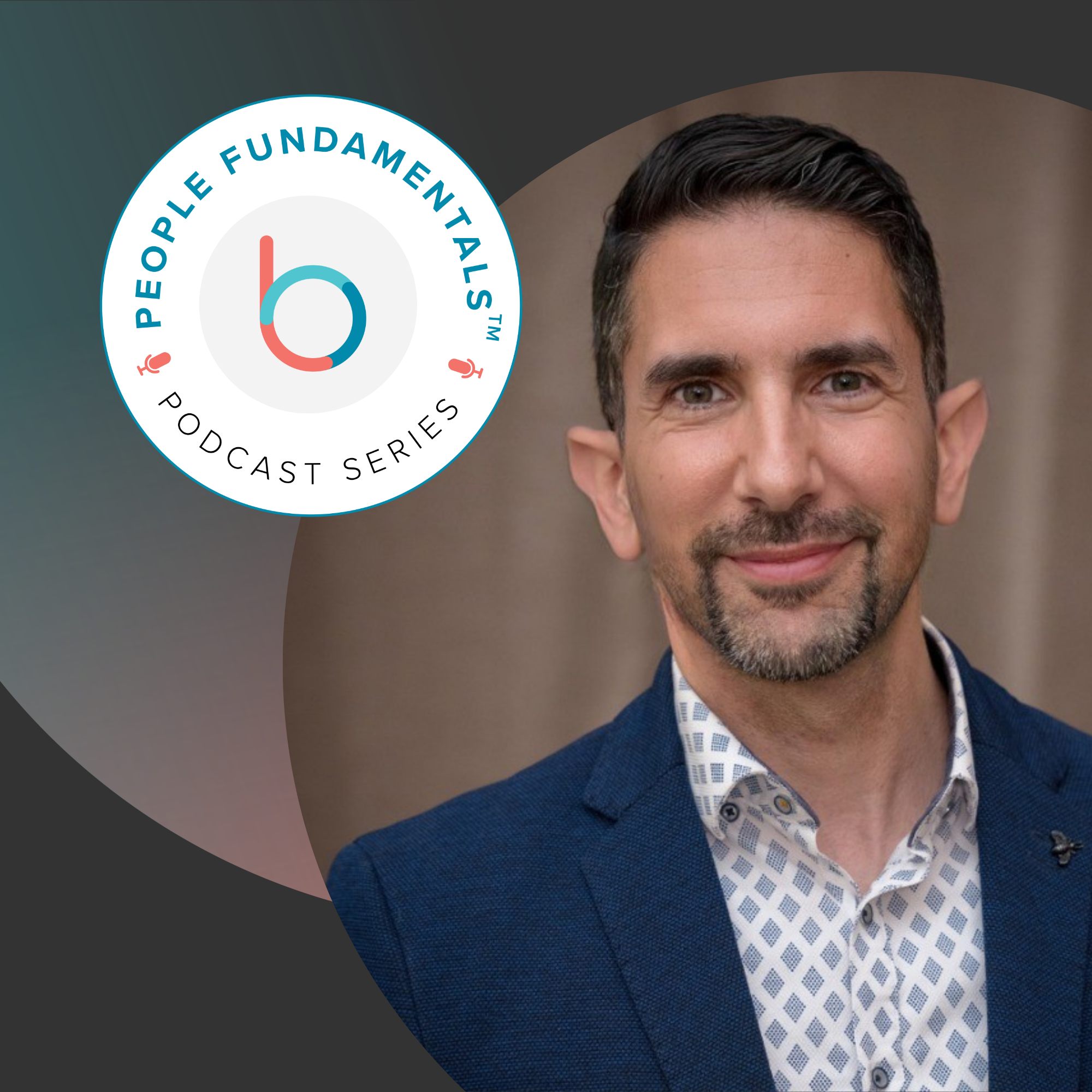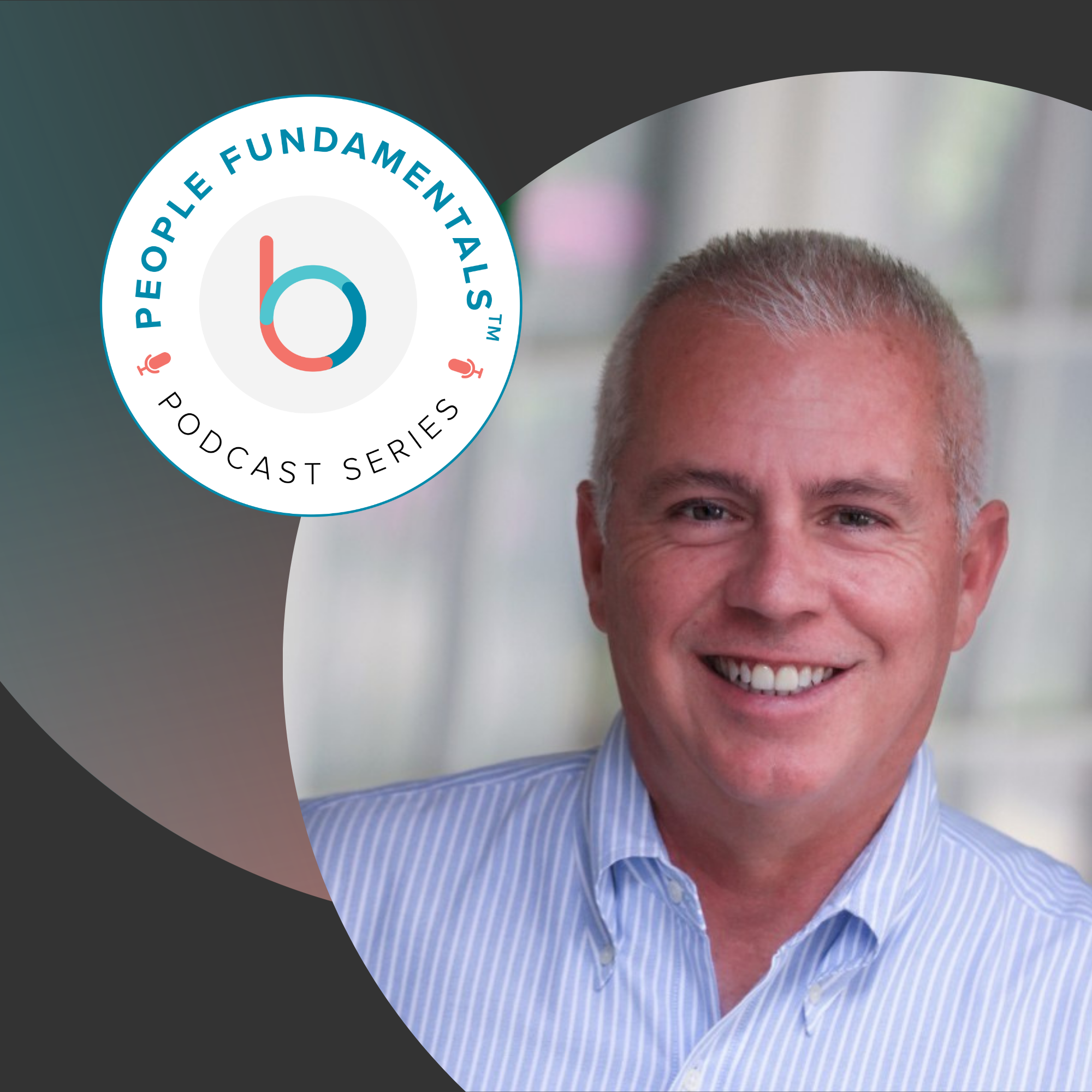Onboarding is the entry point to the employee experience. It gives your organization the opportunity to welcome your new hire, immerse them into your culture, and ramp them up as quickly and thoroughly as possible. Although we’ve previously discussed the importance of onboarding, its enduring impact, and how feedback is your most effective tool in shaping and guiding it, Betterworks Engage wants to provide actionable insights to help you unlock the power of an organized, personalized onboarding strategy.
On that note, join Betterworks Engage as we take you through the first 90 days of onboarding, providing critical milestones and best practices along the way. As you’ll see, onboarding must be both flexible and deliberate, personalized and structured to maximize its impact on your workforce and organization as a whole. Plan ahead, let feedback guide the way to inform both your current and future onboarding procedures and make the most of the opportunity.
Day 1: Define Your Purpose
The first day is about rolling out the proverbial red carpet, welcoming your new hire to the team, and making them feel wanted. A few personalized welcoming gifts — maybe a favorite bottle of wine and an organization-branded sweatshirt — along with a hand-written note from senior management will make the first day a memorable, motivating experience that pays dividends well into the future.
Of course, introductions are also in order, both from your onboarding staff as well the new hire’s team and the office itself. Take full advantage of digital technology by providing them with an electronic packet of the required paperwork ahead of time so tedious but essential benefit and tax forms don’t become a time-consuming hindrance. Also, although orientation paperwork, touring the space, and showing them their already-prepared workstation are important parts of that first day, they should in no way define it.
Instead, center the first day around engagement and interaction, allowing your new hire to immerse themselves in your office environment, soaking in the atmosphere and enjoying time spent with their new teammates. An approach based on healthy socialization not only makes your latest employee feel like a part of the team but also gives them a thorough, firsthand glimpse of the culture you’ve worked so hard to develop and foster over the years.
Your culture is what defines you, attracts talent to your organization, and inspires your workforce to succeed and excel for a greater common good. A new hire’s first day is a critical introduction to that culture. There’s a reason why 1 in 25 new hires leave after their first day — a lackluster impression doesn’t bode well for the duration of an enduring relationship.
Focus on fundamentals that demonstrate your enterprise’s long-term goals, what you expect from your new hire, and how they fit into the bigger picture. Such an emphasis on forward-looking initiatives and expectations, along with socialization and engagement with co-workers, will help negate myopic perspectives that leads to those staggering attrition rates. Along the way, define your goals for the new hire in broad terms, leaving granular detail for points later in the onboarding process. Emphasize the following to create an accurate view of the position and its place within the bigger picture:
- Vision statement: Provide your employee with a vision statement that explains the organization’s vision for the job. It should be concise and emphatic, working separately from the enterprise’s overall vision statement but with aligning motivations and direction. It clearly defines the issues the individual was hired to resolve and the objectives you expect them to accomplish, emphasizing why the position matters to the enterprise. A vision statement should not be confused with a job description as it uses a personalized approach, explaining the specific characteristics that led you to hire the individual in the first place.
- Summary of Responsibilities and Role: This document works in conjunction with the vision statement, defining the new hire’s role in the organization and how that role will be satisfied. Choose between three and five specific tasks or issues that the role will focus on, and the responsibilities involved that will address those tasks or issues.
- Key Performance Indicators: No matter the industry, modern organizations need to use quantifiable data to help them measure performance, look for trends, and strategize for future growth. Explain the KPIs you use at both the individual and organizational level, what those metrics mean, and what numbers you expect the new hire to hit at the quarter and annual marks.
- Milestones: More qualitative than KPIs, milestones represent accomplishments that management can’t measure in metrics but are still vital to the role. For instance, overhauling a strategic vision is difficult to quantify but can serve as a critical milestone.
Day 30: Steepen the Learning Curve
By the end of a new hire’s first month, they should be familiar with their surroundings and have a basic understanding of their place within the organization, the culture, and what management expects of them. Now it’s time to steepen the learning curve and take a deeper dive, ramping the employee up to become a fully productive member of the team. Keep the following in mind to streamline the process and add needed efficiency to your onboarding:
- Deeper connections: The first few weeks are a flurry of introductions and handshakes. At 30 days, start being more deliberate with introductions and familiarizing your employee with co-worker roles. Provide them with names, pictures, job titles, and responsibilities for managers and team members to deepen their understanding of everyone’s part and form more thorough connections.
- Establish onboarding goals: Start assigning tasks related to their job duties that are realistic but still allow them to stretch their knowledge and skill. Set deadlines for these tasks, using onboarding as a testing ground for what they should expect once fully ramped up.
- Accelerated training: As your employee sets out to accomplish those onboarding goals, any knowledge or skill deficiencies will become apparent. Use those gaps to inform your training, providing it a precision that will personalize the process and decrease the ramp up time. A 70:20:10 ratio between challenging tasks, coaching, and classroom instruction is an ideal mix that accelerates learning without overwhelming the employee or, just as harmful, not pushing them enough.
- One-on-ones: Although assigning a mentor within the first month can significantly help a new hire understand the culture and the daily routine, a rotating series of one-on-one sessions after 30 days can broaden the new hire’s perspective. These sessions give them a well-rounded view of how the many moving parts within the enterprise work with one another. Of course, such a tactic also strengthens relationships and builds trust that nurtures comfort and innovative thought.
Day 60: Build on the Foundation
By the end of the second month, your employee will be almost entirely comfortable within the office environment, have a good understanding of your culture, and be well on their way to becoming fully productive through targeted training. Now it’s time to build on that solid foundation and start segueing into a more normalized routine and series of responsibilities, concentrating on these actions to smooth out any rough spots and place a greater focus on the future:
- Encourage collaboration and cohesive goals: Depending on the position, if the employee is working as part of a team the majority of the time, start holding frequent group meetings to strengthen engagement further and encourage collaboration. Set goals within those meetings that align with the overall strategy to demonstrate how individual efforts fit into your organization’s overarching goals and mission.
- Manage workflow and delegate tasks: Expanding the scope and intensity of the onboarding goals established in month two, allow your new hire to start making more impactful contributions to the organization. Keep everything organized by centralizing the workflow process to maximize visibility so that management, coworkers, and the new hire are all on the same page and progress is conspicuous and easily tracked.
- Individual strategy: Learning doesn’t occur in a bubble. Instead, it takes place within a bigger context. At 60 days, ask the new hire to put together a presentation built on everything they’ve learned thus far. Whether it’s a written report, PowerPoint, or any other format, the point of the exercise is to take the foundation you’ve helped them establish and use it to look down the road and envision what they will accomplish. In essence, the presentation is a personal strategic plan that details how they will convert everything they know into value for the enterprise.
- Develop and implement solutions: By now, the new hire should be familiar enough with operations to identify particular issues that the organization must deal with. Ideally, those issues should directly impact their role and challenge them to apply the knowledge and skills they’ve established at that point in onboarding. Use those issues as the basis for the hypothetical development and implementation of a solution set created by the new hire rooted in what they’ve learned during onboarding. Of course, management can always decide to adopt the solutions, but that should not be a mandate for the exercise. You’re trying to create a dynamic thought process that builds on what they know to trigger innovative thought.
Day 90: Empowerment
Although the new hire is most likely not yet fully ramped up, the 90-day mark is a good time to loosen the reins and start increasing responsibilities. The employee should now be more comfortable working independently on more significant, longer-term projects. To make sure the learning process continues, however, employ these actions to push development and foster individual growth:
- Establish development plans: Your workforce thrives under healthy, continuous development and engagement. In fact, 87% of millennials now state that professional development and career growth are amongst the most critical factors in a job. Sit down with your new hires and help them create an employee development plan for themselves, a personal strategy that identifies the steps needed to hit their goals within the organization and advance along their preferred career trajectory. Such a plan will help the employee maintain a focus on the future and a commitment towards continual growth.
- Cultivate: Up to this point, your new hire has largely been dependent on the organization for help and guidance. However, after three months of learning and developing trust within their roles and teams, it’s time for the organization to start relying on that sense of trust by allowing the new hire to lead smaller groups and projects in a limited capacity. If successful, widen those leadership roles until the employee is completely ramped up and fully productive.
- Evaluate: At 90 days, most of the onboarding process is complete and new employees are well on their way to complete independence and self-sufficiency. Now it’s time to evaluate their progress and create a scorecard to assess performance thus far. The new hire should also complete a self-assessment that’s compared to the organization’s scorecard to provide a well-rounded, far-reaching perspective. Likewise, use 90 days as another opportunity to look for areas of improvement in your onboarding process by leveraging feedback to reveal essential insights. Betterworks Engage’s feedback platform is especially adept in this role, combining convenience and impact to draw critical data that can be used to inform your onboarding strategy going forward.
Onboarding is too vital to the overall employee experience and your entire organization to use a disorganized and inefficient approach. Take these best practices to heart, deploy the discussed concepts and actions at the appropriate times, and rely on Betterworks Engage’s insightful tools along the way to harness the power of timely, authentic, and revealing feedback during a new hire’s first few months on the job.






